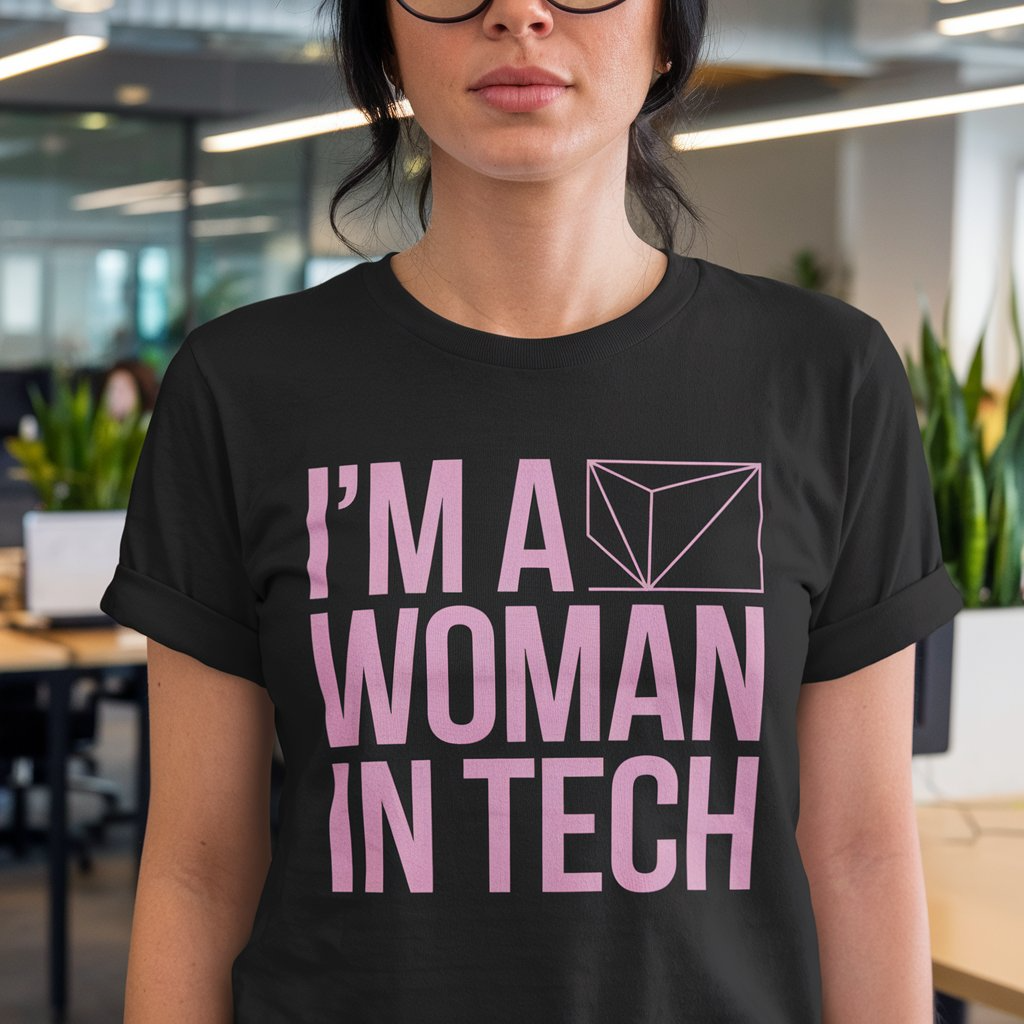In the realm of fashion, few items carry as much cultural significance as the humble T-shirt. This versatile garment has transformed from a simple undergarment into a canvas for artistic expression and societal commentary. One of the most profound influences on T-shirt design over the years has undeniably been music. Music not only shapes our emotions but also reflects the zeitgeist of different eras. T-shirts adorned with band logos, album artwork, lyrics, or even abstract designs influenced by musical genres serve as a testament to how deeply interwoven these two cultures are. This blog post will delve into the various dimensions of the influence of music on T-shirt design, exploring how music genres, artists, movements, and fan culture have all contributed to this phenomenon.
The Relationship Between Music Genres and T-Shirt Aesthetics
The aesthetic appeal of T-shirts is often guided by the distinct characteristics of different music genres. From punk rock to hip-hop, each genre has its unique visual language that informs T-shirt design.
Punk Rock: Anarchy in Fashion
Punk music emerged in the 1970s as a rebellion against the mainstream. Its ethos of non-conformity and defiance is mirrored in its fashion.
The visuals associated with punk rock often include bold graphics, safety pins, studs, and graffiti-style fonts. These elements come together to create designs that scream individuality and challenge societal norms. T-shirts featuring iconic bands like The Ramones or Sex Pistols are often characterized by their raw, distressed look and DIY aesthetics.
These designs often serve as both a form of protest and self-expression, embodying the spirit of a generation disillusioned with societal expectations. When wearing a punk rock T-shirt, an individual isn’t just showcasing their taste in music; they’re making a statement about who they are and what they stand for. It’s a way for fans to connect with the rebellious nature of punk, visually asserting their identity while paying homage to the music that speaks to them.
Additionally, the use of color plays a crucial role. While many punk designs favor stark black and white contrasts, other elements like neon accents may find their way in, reflecting the chaos and vibrancy of the punk ethos.
Hip-Hop: A Symbol of Street Culture
Hip-hop, emerging in the late 20th century, has had a significant impact not just on music but also on fashion, particularly T-shirt design.
Hip-hop T-shirts often feature vibrant colors and eclectic designs, drawing inspiration from street art, graffiti, and urban culture. These shirts frequently showcase the names and faces of influential artists, along with powerful quotes and slogans that resonate with the hip-hop community.
One key aspect of hip-hop T-shirt design is its ability to celebrate individuality while also uniting fans. Artists like Tupac, Biggie, and more recently, Kendrick Lamar or Cardi B, have become symbols of empowerment, and their imagery often encourages fans to express themselves boldly through fashion. Furthermore, collaborations between musicians and fashion brands have led to boundary-pushing designs that blend athletic wear with high fashion. This cross-genre interaction adds layers of meaning to hip-hop T-shirts, making them not only a reflection of musical tastes but also of broader social issues and trends.
Moreover, the incorporation of cultural references within T-shirt designs—such as nods to specific neighborhoods, historical figures, or social justice movements—adds depth to the garments. They tell stories and create connections among fans that transcend music.
Rock ‘n’ Roll: Timeless Icons and Nostalgia
Rock music, with its rich history and iconic figures, has given rise to some of the most recognizable T-shirt designs in popular culture.
T-shirts featuring classic rock bands like Led Zeppelin, Queen, and The Rolling Stones often evoke nostalgia and a sense of timelessness. They typically incorporate vintage aesthetics, such as faded graphics and retro typography, which resonate with both older generations and newer fans discovering these legendary acts.
The use of album art as a design element is particularly important in rock T-shirt culture. Iconic images, like the album cover of “Dark Side of the Moon” by Pink Floyd or the tongue logo of The Rolling Stones, are instantly recognizable and imbued with cultural significance. Wearing these T-shirts becomes a way for fans to connect with the music’s legacy while also showcasing their personal style.
Additionally, rock T-shirts have become a staple in festival culture. Events like Coachella or Glastonbury see attendees donning shirts representing their favorite artists, creating a collective visual representation of shared musical experiences. The act of wearing these shirts at festivals transforms them from mere clothing items to badges of honor, signifying one’s allegiance to particular genres or artists.
Electronic Music: Futuristic Designs and Digital Aesthetics
The rise of electronic dance music (EDM) has introduced a new wave of T-shirt design that embraces modern technology and digital artistry.
EDM T-shirts often utilize bright colors, geometric patterns, and holographic prints to capture the essence of the genre’s vibrant nightlife and festival atmosphere. Artists like Deadmau5 and Marshmello have created signature designs that are not only visually striking but also serve as branding tools for their music and persona.
These designs often encapsulate the euphoria of live performances, where lights and visuals create a sensory overload. T-shirts can function as memorabilia from these experiences, allowing fans to carry a piece of the energy and excitement home with them.
Moreover, the intersection of music and technology has fostered a unique relationship in T-shirt design. Many EDM artists collaborate with graphic designers to create limited-edition merchandise that incorporates augmented reality features, allowing fans to engage with the designs in innovative ways. This forward-thinking approach to T-shirt design reflects the ever-evolving nature of the electronic music scene and its impact on contemporary fashion.
The Role of Artists in Shaping T-Shirt Designs
Artists themselves play a pivotal role in influencing T-shirt design, from their personal styles to the artwork they produce. Musicians often view T-shirts as an extension of their brand and persona, leading to designs that resonate deeply with their fanbase.
Personal Style and Branding
Musicians’ personal styles often influence T-shirt design in significant ways. For instance, Kurt Cobain’s grunge aesthetic—flannel shirts, ripped jeans, and distressed tees—has left a lasting mark on fashion.
Fans often emulate their favorite artists, leading to a surge in the popularity of similar styles. T-shirts featuring Cobain’s likeness, quotes, or song lyrics not only honor his legacy but also enable fans to connect with his ethos. This bridge between musical authenticity and fashion creates a powerful synergy that elevates T-shirt design beyond mere fabric.
Moreover, the idea of merchandising has evolved. Artists now view T-shirts as an essential part of their branding strategy. The aesthetics of their merchandise often reflect the themes present in their music, creating a cohesive experience for fans. For example, Lana Del Rey’s dreamy, vintage-inspired T-shirts echo the nostalgic tones found in her music, establishing a strong connection between design and sound.
Collaborations with Visual Artists
Many musicians collaborate with visual artists to develop unique T-shirt designs that extend their creative vision. These partnerships can lead to striking artworks that resonate with fans on multiple levels.
For example, the collaboration between renowned street artist Shepard Fairey and musicians like The Black Eyed Peas has resulted in visually captivating designs that merge music and social activism. Such collaborations often produce limited-edition pieces that are highly sought after, serving as collectibles for devoted fans.
This intersection of music and visual art deepens the storytelling potential of T-shirt designs. Artists leverage their platforms to address social issues, using T-shirts as canvases to communicate messages that align with their values. The result is a meaningful dialogue between the worlds of music and visual culture.
Subculture Representation
Different music subcultures, like goth, metal, and indie, have distinct styles that greatly influence T-shirt design. These subcultures cultivate unique identities, and their visual representations often manifest through clothing.
For instance, metal bands often embrace dark, intricate artwork filled with fantasy and horror motifs. T-shirts featuring skulls, dragons, or occult symbols not only promote the band’s image but also provide fans with a sense of belonging to a community that shares similar interests.
These designs can spark conversations among fans, fostering connections based on shared musical tastes and lifestyle choices. When individuals sport T-shirts that represent their subculture, they’re not just wearing a piece of clothing; they’re signaling their identity and values to the world.
The Impact of Concerts and Festivals on T-Shirt Trends
Live music events, from concerts to music festivals, serve as significant catalysts for T-shirt trends, driving the demand for unique designs and styles.
Merchandising at Live Events
Concerts and festivals often feature exclusive merchandise that fans can purchase, with T-shirts being among the most popular items. These event-specific designs create a sense of urgency and exclusivity, encouraging fans to buy something that symbolizes their experience.
A classic example of this phenomenon can be seen at events like Lollapalooza or Glastonbury, where festival-goers eagerly seek out merchandise to commemorate their time spent enjoying live performances. The designs often reflect the festival’s spirit, incorporating elements like the event logo, dates, and featured artists.
The tactile experience of attending a concert is intensified when paired with the act of purchasing a T-shirt. Fans leave the venue not only with memories but also with a physical reminder of their experience. These shirts often become cherished mementos, imprinted with the stories of a night filled with music, camaraderie, and emotional highs.
Cultural Exchange and Trendsetting
Music festivals often attract diverse audiences, leading to the emergence of new fashion trends. As attendees from different backgrounds converge, they share their unique styles, fostering creativity and innovation in T-shirt design.
This cultural exchange allows for cross-pollination among genres and aesthetics. For instance, the rise of “festival fashion” has blurred the lines between typical T-shirt designs and bohemian, eclectic styles. Attendees might mix vintage band shirts with handmade, embellished pieces, creating a unique look that reflects the festival’s carefree spirit.
Furthermore, artists often use festivals as platforms to debut new merchandise, capitalizing on the heightened excitement. Exclusive T-shirt designs launched at major events can quickly become trends, generating buzz that transcends the festival itself. Social media plays a crucial role here, as attendees document their festival experiences, often showcasing their T-shirt collections and inspiring others to adopt similar styles.
Community and Identity
Wearing T-shirts that signify attendance at a concert or festival fosters a sense of community among fans. It establishes a shared identity that transcends individual differences, binding people together through their love for music.
When fans wear T-shirts featuring their favorite artists, they’re not just displaying their preferences; they’re also communicating their allegiance to a larger movement. This phenomenon is especially prominent at festivals, where attendees proudly showcase their T-shirts, creating a vibrant tapestry of musical fandom that emphasizes unity.
Moreover, the designs often spark conversations among fans. Strangers bond over shared experiences, exchanging stories related to the artists or songs represented on their T-shirts. The act of wearing these garments becomes a catalyst for connection, reinforcing the idea that music is a communal experience.
Conclusion
In conclusion, the relationship between music and T-shirt design is expansive and multifaceted. From the aesthetic choices driven by different music genres to the personal influence of artists and the cultural impact of live events, T-shirts have become a dynamic medium for expressing musical identity.
As we explore the depths of the influence of music on T-shirt design, it becomes clear that these garments are more than just clothing; they’re symbols of our experiences, connections, and passions. Whether worn to make a statement, celebrate a favorite artist, or commemorate a memorable concert, T-shirts continue to evolve alongside the music they represent, acting as a perpetual canvas for creativity and expression.
As we move forward, it will be fascinating to observe how emerging genres, artists, and cultural shifts shape the future of T-shirt design and, in turn, reflect the ever-changing landscape of music and society.


